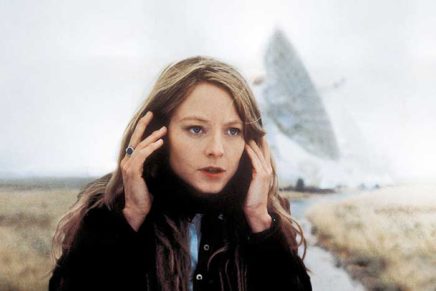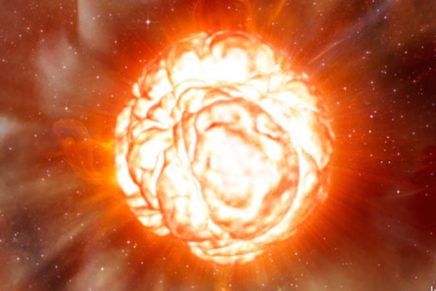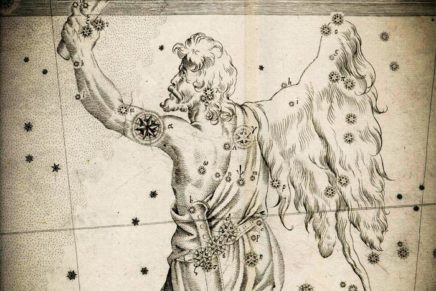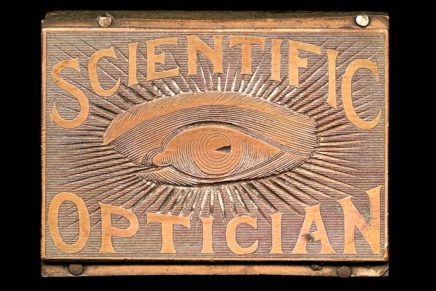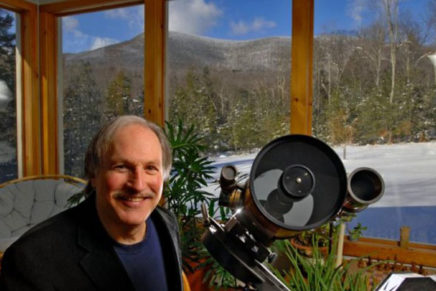Quantum mechanics: stranger than you can imagine
In 1935, Albert Einstein and two colleagues, Boris Podolsky and Nathan Rosen, wrote a now-famous paper in which they addressed one particular aspect of quantum theory. Examining the prediction that particles created together (“entangled”) can somehow know what the other is doing, the physicists argued that any such parallel behavior must be due to local effects, some contamination of the experiment, rather than some sort of “spooky action at a distance.” But recent experiments, including additional ones from 2015, show that Einstein was wrong.



